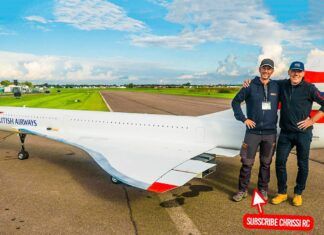
The Canadian Transportation Safety Board yesterday released its findingon a 2013 multiple-fatality midair collision between a Cessna 150 and a motor glider with an analysis that said the 150 pilot was probably wearing a baseball cap that affected his ability to see the glider. While only one of several factors mentioned regarding visibility, including relative position of the aircraft, restrictions to visibility due to aircraft structure and the white color of the glider against cumulus clouds-a billed hat as a hazard may get attention in the future. Pilots have been regularly cautioned not to wear nylon clothing as it melts and can cause severe burns in a post-crash fire.
According to the TSB, the motorglider’s prop was stowed, so it was operating as a glider at the time of the collision. The aircraft were on intersecting tracks there were only 10 degrees off nose-to-nose. The glider pilot and passenger were seated in a semi-reclined position behind the nose cone and instrument panel, with limited visibility forward and below the nose. The report stated that the glider was “likely descending.” The report also analyzed physiological issues related to vision, which it opined may have further reduced the pilots’ available reaction time. In addition, the report expressed criticism of the principle of see-and-avoid for aircraft separation.

































